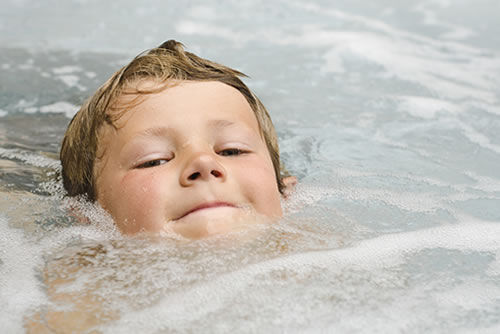Billiard tables come in many sizes to accommodate different game styles. For instance, snooker uses an 11’ 8.5” x 5’ 10” table. Conversely, pool tables measure in at 9′ x 4’ 5”. Regarding this smaller size, there are two variants—pocketed and pocketless. Pocketed billiard tables suit standard games like pool whereas pocketless tables are strictly for Carom.
Carom
Carom players earn points by rebounding their appointed cue ball off object balls and their opponent’s cue ball. There are three common carom games:
- Straight rail—the player continues his or her turn so long as the cue ball contacts both an object ball and the opponent’s cue ball per shot;
- Balkline—this game introduces a balkline, an invisible line parallel to the end of the table, to limit a player’s ability to pool balls together in a corner and receive endless turns.
- Three-cushion billiards—the player must contact both aforesaid balls as well as three rails on each turn.
Eight Ball, Nine Ball and Straight Pool
In pool games, players shoot at a shared cue ball to sink object balls on the table. For eight ball, each player takes a class—stripes or solids—and shoots to deplete all balls in that class, excluding the eight ball. The eight ball is the last to go in and wins the game.
Nine-ball is similar in that the nine ball is reserved for last. However, players do not shoot at either stripes or solid but rather sink balls in order from lowest to highest. Thus, players work both competitively and together to reach nine.
Straight pool uses a scoring system: the first player to reach 100 points wins. Thus, this game requires constant re-racking throughout the game.
Snooker
Snooker uses a cue ball and 22 snooker balls. The snooker balls are different colours rather than numbers and must go into the pockets in a specific order. Players win based on the number of points earned during the game; however, the goal is to “snooker” opposing players by causing them to foul (hit the wrong ball).




